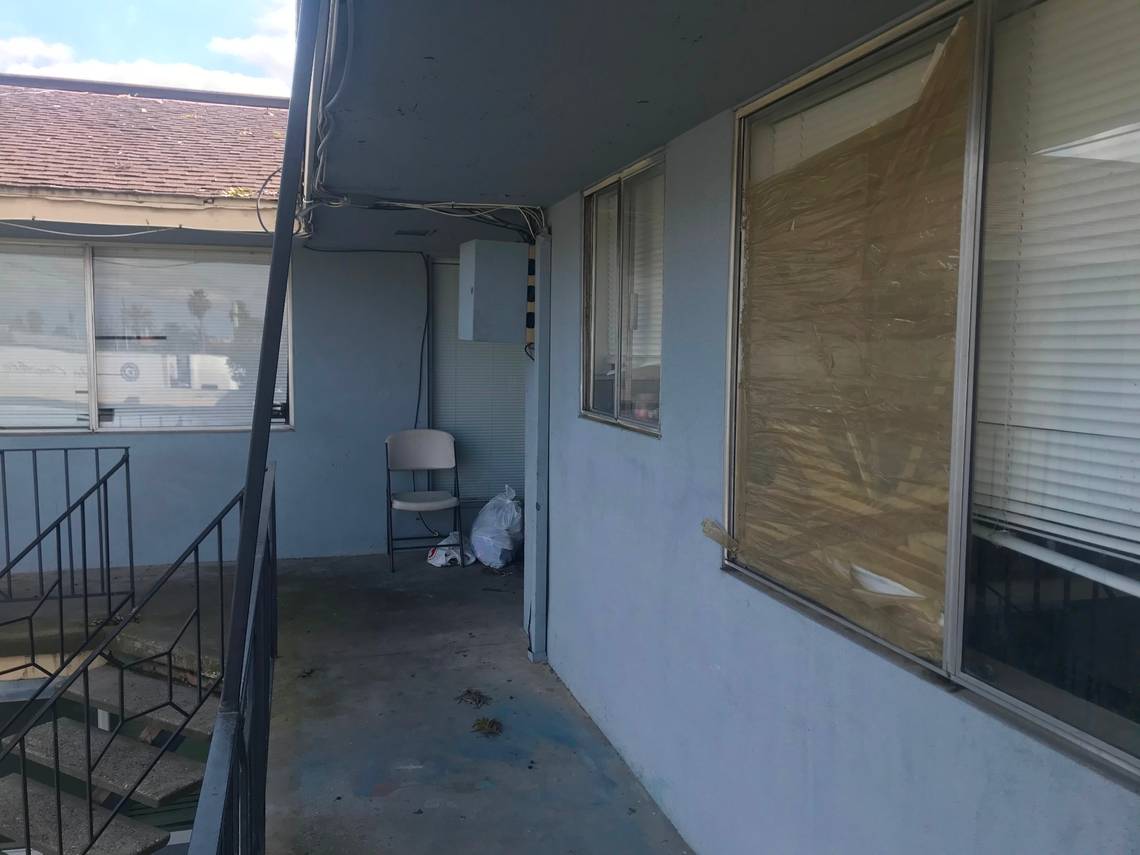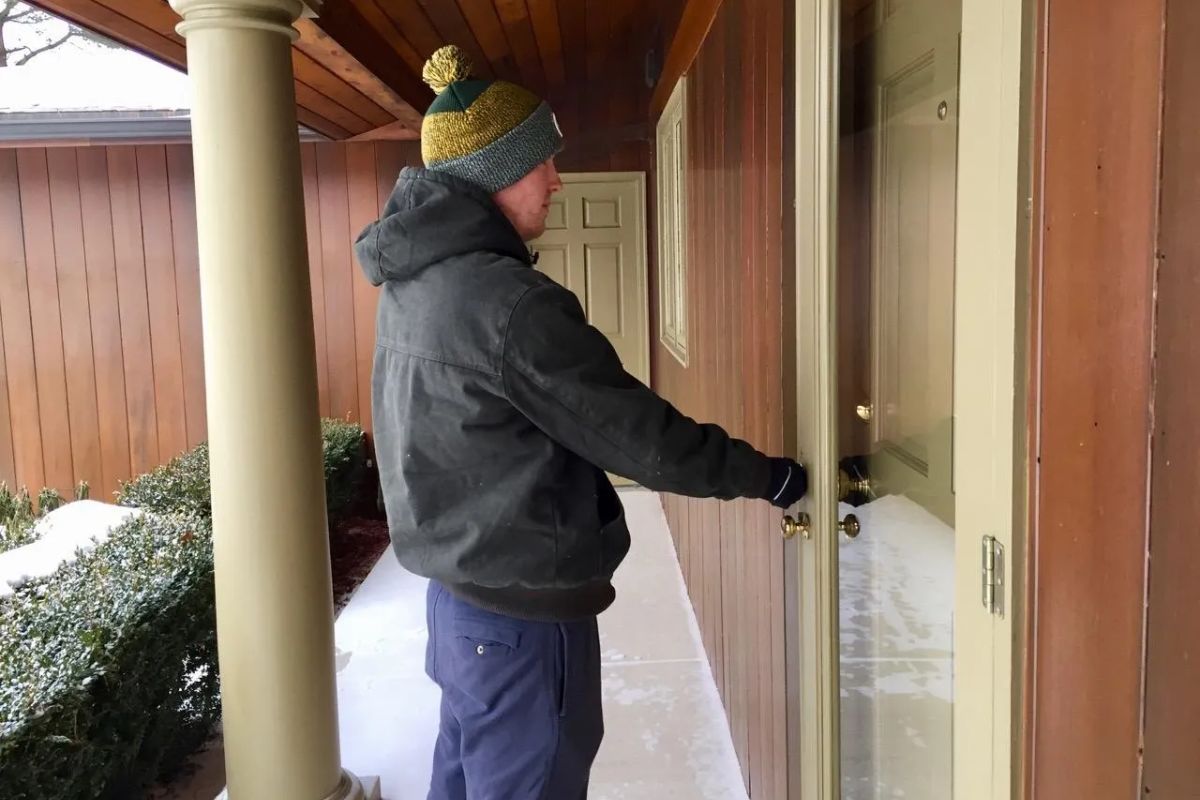Are you having trouble getting reliable wifi in your apartment? Are you considering investing in a new router, or having an IT specialist come do the job? If so, then you've come to the right place! In this blog post, we will be discussing how to get wifi in apartment quickly and easily. From choosing a router with high-speed capabilities to troubleshooting connection issues.
1. Wired Internet Providers
Providers of wired internet services typically find that many apartments and condominiums have pre-installed ports for internet connectivity. Once you have purchased internet access, all you need is a modem, wifi router, and devices that can connect to the internet.
Wired internet services come in two primary forms: fiber internet and cable internet. Both options boast impressive download speeds, but their delivery methods are the main distinguishing factor between them.
Fiber Internet
Fiber internet is a type of wired internet service that relies on thin, hair-like cables made of glass or plastic to deliver data at lightning-fast speeds. Unlike traditional copper cables used in other internet connection types, fiber optic cables transmit data using light signals instead of electrical signals. This technology allows fiber internet to provide unparalleled reliability and speed, making it the best option for those who demand the highest quality internet connection.
One of the primary advantages of fiber internet is its exceptional speed. It can offer download speeds of up to 1 Gbps (gigabit per second), which is significantly faster than other types of wired internet. This means you can easily download large files, stream high-definition videos, and play online games with virtually no lag time.
Another benefit of fiber internet is its extensive coverage. Fiber optic cables can transmit data over long distances without signal degradation, which means that fiber internet can be provided in areas where other types of wired internet services are unavailable. This is particularly useful for rural areas or locations where other types of internet connections are unreliable.
Finally, fiber internet can support multiple devices simultaneously without sacrificing performance. This makes it an excellent option for households with multiple people who use the internet at the same time.
Cable Internet
Cable internet is a popular type of internet service that is widely available in the US and offered by different providers at varying prices with bundle services. In fact, according to recent statistics, three out of five homes in the US have cable internet.
One of the benefits of cable internet is that it can offer high-speed internet connectivity, which is ideal for streaming, downloading, and gaming. Additionally, some providers offer unlimited data plans, allowing you to browse the internet and stream content without worrying about data caps.
Cable internet uses a coaxial cable to connect your home to your provider's network, rather than copper phone lines. This is the same type of cable used for cable TV services, and it provides a reliable and consistent connection. However, it's worth noting that the speed and quality of your cable internet connection may be affected by factors such as the distance between your home and the provider's network, the number of users in your area, and any physical obstructions that may interfere with the signal.
2. 5G Home Internet Providers
5G Home Internet Providers offer internet services through the use of fifth-generation wireless technology, commonly known as 5G. Although it was initially designed for mobile plans, 5G internet is growing in popularity for home use, especially in apartments. Unlike previous generations of wireless technology, 5G operates on different radio frequencies that allow for faster data speeds and lower latency.
One of the significant benefits of 5G internet is its quick installation time, as it requires no physical cables or wires. Additionally, 5G internet can provide speeds up to 100 Mbps, making it ideal for streaming, gaming, and other data-intensive activities. Some 5G providers also offer no data caps, giving users more flexibility in their internet usage.
Although 5G has not yet replaced traditional home internet, it is steadily gaining ground. Providers like AT&T and Verizon are working to establish reliable 5G networks nationwide, and this technology has the potential to revolutionize home internet.
3. Satellite Internet
Satellite Internet is an option for internet connectivity that relies on a low-orbit satellite signal to transmit and receive data. One of the significant advantages of this type of internet service is its availability, making it a suitable option for people living in remote areas, including those residing in apartments located in the outskirts of towns.
However, the reliability of satellite internet connections can be affected by weather conditions, including heavy rain or snow. Additionally, any issues with the equipment, including the satellite dish, can also cause disruptions to the service. Despite these challenges, there have been recent improvements in satellite technology, and new providers like Starlink are entering the market, providing users with more options and promising a more reliable and faster connection in the future.
Satellite internet is typically slower than other types of internet services due to the time it takes for data to travel back and forth from the satellite. This latency can be noticeable in real-time applications like video conferencing or online gaming. Nevertheless, satellite internet can still provide reasonable speeds for most regular internet usage, such as browsing the web, streaming videos, and checking email.
4. Mobile Hotspot
A Mobile Hotspot is a device that can turn 5G mobile signals into WiFi, providing you with a portable internet connection. You can use your phone's data plan to create a mobile hotspot in your apartment, or you can buy a separate device to use as a hotspot, which can be added to your existing mobile plan. You may want to inquire with your service provider about the available hardware and costs.
5. Local Hotspot
These hotspots can be found in various physical locations such as coffee shops, libraries, and airports, allowing you to connect to the internet via any WiFi-enabled device, much like mobile hotspots. However, it's worth noting that public WiFi hotspots could pose a potential security threat, making it crucial to exercise caution before connecting.
You should always ensure your antivirus software is up-to-date, avoid sharing sensitive information over unsecured networks, and consider using a virtual private network (VPN) to safeguard your online privacy.





